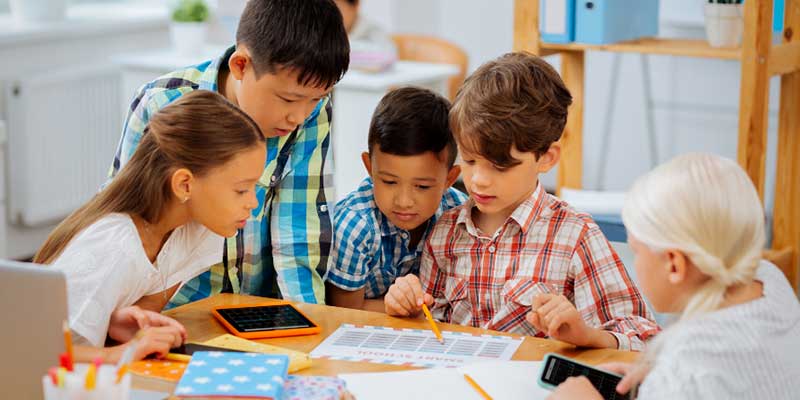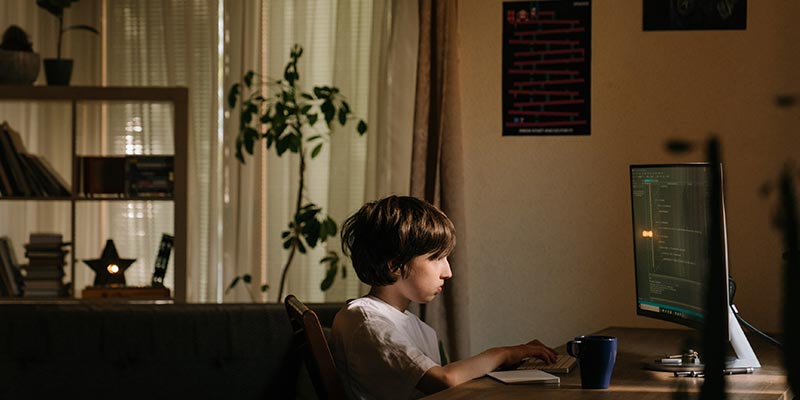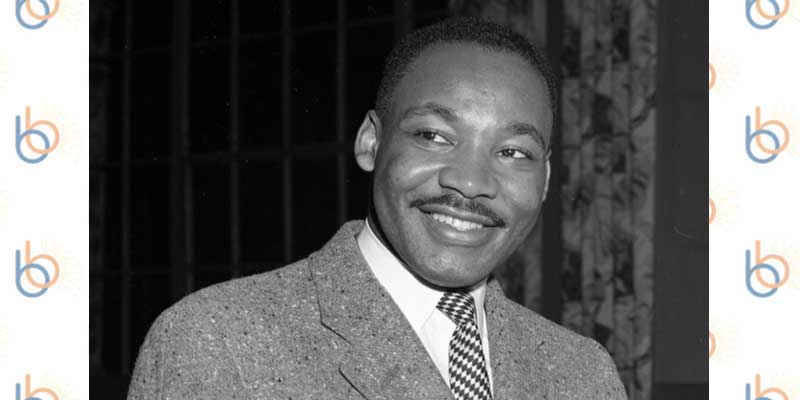
To determine if this is an efficient and effective learning process, we first must understand just what it is and how it does or doesn’t work.
What is TPS?
TPS is a collaborative learning strategy where students work together to solve a problem or answer a question. This requires students to:
- Firstly, students are asked to think through the problem or topic individually. This may include answering a specific question or coming up with an example or prompt.
- Secondly, students will pair up or join a small group of their peers to discuss their thoughts and work through the problem more in depth.
- Lastly, each group or pair of students will present or share their findings with the class and/or a larger group.
What is So Special About it?
Recent studies have found that students are able to learn more when they are allowed to discuss ideas and elaborate on them through communication with others. Think, Pair, Share enables those opportunities to talk in an environment that encourages learning and requires participation from all class members and not just those who are typically more outspoken.
This type of learning also helps to build confidence in students that may feel a little uncomfortable talking or presenting to large groups or classes. When they are able to be supported by a partner or several of them, they are much more at ease and willing to share their real thoughts and opinions.
With the use of TPS, students learn to collaborate with others and to value each other’s opinions on a wide variety of topics. They can begin to think of their peers as resources with a wealth of knowledge. Students, as a result, come to respect each other more and can understand ideas and concepts that may be far from the norm given their background or upbringing.
How to Use it?
The process is easy to use in just about any classroom setting and for all ages. PreK through Kindergarten students, for example, can’t be expected to write their thoughts or answers as well as older students. However, they can draw out their ideas and still discuss them with other students and the class.
Some of the most common ways this valuable tool is used is to gauge students’ reactions and thoughts about a certain lesson or material, such a film you just watched or a text that was recently read. You can also use this as an introduction to new materials or assignments. Doing this before a new lesson allows students to tap into any prior knowledge of the topic or to gather ideas and get a game plan together for a new project or assignment.
You can also use this to strengthen your classes listening skills. During the “share” portion, each student can be asked to present their partner’s ideas instead of their own.


